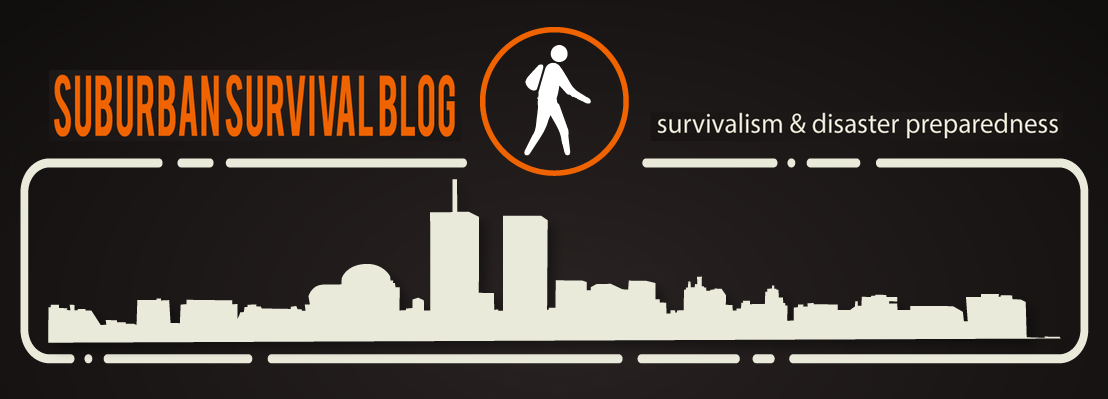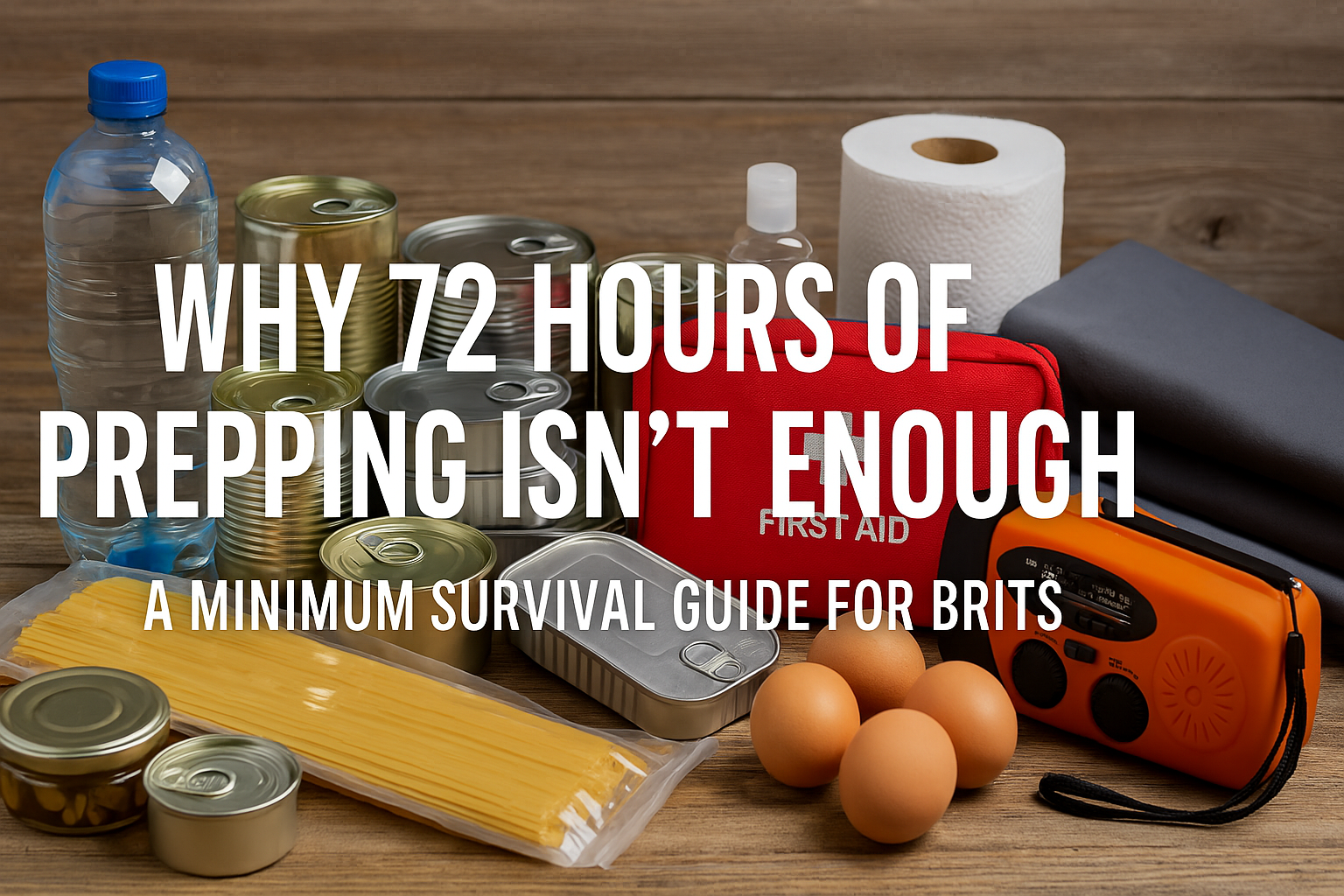The economic landscape is constantly changing, and as a result, so are the regulations that govern the financial services industry. The emergence of the FDIC-backed banking bail-in is one of the latest developments that has the potential to significantly impact how banks operate and how you manage your finances. In this blog post, I’ll discuss what a FDIC-backed banking bail-in is, the potential timeline for it to occur, and how you can prepare for a potential FDIC-backed banking bail-in in 2023.
What is an FDIC-backed banking bail-in?
FDIC-backed banking bail-in is a way for a bank to raise additional capital by converting some or all of its depositors’ deposits into equity. In other words, the bank can “bail-in” its depositors’ money to shore up its own finances. This is different from the traditional “bailout” approach in which the government provides additional capital to a failing bank.
The FDIC-backed banking bail-in is a relatively new concept, and it has been gaining attention in recent years as a potential solution to the problem of too-big-to-fail banks. This is because it gives banks a way to raise funds without relying on government intervention and without the risk of a taxpayer-funded bailout.
The FDIC-backed banking bail-in was proposed by the U.S. Treasury in 2013 and was officially implemented in the Dodd-Frank Act in 2015. The FDIC-backed banking bail-in is designed to provide banks with a means of raising capital while ensuring that depositors’ funds are protected.
Potential timeline for a banking bail-in in the USA
The timeline for a FDIC-backed banking bail-in is still uncertain, but it could happen as soon as 2023. The U.S. Treasury has set the stage for a FDIC-backed banking bail-in and is encouraging banks to prepare for such an event.
The FDIC-backed banking bail-in is part of a larger effort by the U.S. government to reduce the risk of a bank failure. The U.S. Treasury and the Federal Reserve have both taken steps to reduce systemic risk in the banking system and make it more resilient. For example, the Federal Reserve has implemented the Comprehensive Capital Analysis and Review (CCAR) program, which is designed to assess the riskiness of large banks and to identify potential weaknesses in their capital structures.
The FDIC-backed banking bail-in is also part of a larger effort to reduce the risk of a taxpayer-funded bailout. The FDIC-backed banking bail-in is one of the many tools the U.S. government is using to reduce the risk of a bank failure and protect taxpayers from having to bear the burden of a bailout.
Benefits and risks of FDIC-backed banking bail-in? Are there any?
The FDIC-backed banking bail-in has both benefits and risks. On the one hand, it can help banks raise additional capital without relying on government intervention. On the other hand, it can put depositors at risk of losing some or all of their deposits.
The FDIC-backed banking bail-in is designed to protect depositors’ funds, but it is not a guarantee. The FDIC insures deposits up to $250,000, but deposits above this amount are not insured and could be subject to a bail-in. Additionally, the FDIC-backed banking bail-in does not protect depositors from losses due to market volatility or other factors.
The FDIC-backed banking bail-in also has the potential to increase market volatility and weaken the financial system. If a large bank fails and is bailed-in, there could be a ripple effect that leads to other banks needing to raise additional capital. This could lead to a cascade of bail-ins, which could further weaken the financial system.
What if banks Begin to fail? What can you expect in a banking bail-in?
If a bank were to fail and the FDIC were forced to step in to protect depositors, there could be negative ramifications for the average consumer. These could include:
- Loss of access to funds: If a bank fails, depositors may not have immediate access to their funds until the FDIC can step in and either sell the failed bank to another institution or liquidate its assets. This could cause inconvenience and financial stress for depositors who need immediate access to their funds. In a previous article I’ve written about how your mutual assistance group, neighborhood, etc. should create their own currency for use backed by your local members.
- Loss of uninsured funds: If a depositor has more than $250,000 in a failed bank, they could lose some or all of their uninsured funds. This could be particularly problematic for small business owners or other individuals with large account balances.
- Loss of trust in the banking system: If a bank failure were to occur, it could erode public trust in the banking system. This could make consumers more hesitant to deposit their funds in banks, which could have a negative impact on the broader economy.
- Economic impact: If a bank failure were to occur, it could have broader economic implications. For example, it could cause a decline in the value of the failed bank’s assets, which could have a ripple effect on other financial institutions and the broader economy.
- Possible fees: If the FDIC has to step in to protect depositors, it could impose fees on other banks to cover the costs of the bailout. These costs could potentially be passed on to consumers in the form of higher fees or lower interest rates on loans and deposits.
It’s important to note that while bank failures and the need for the FDIC to step in can have negative consequences, the FDIC’s deposit insurance program is designed to provide a level of protection and stability for consumers in the event of a bank failure. Your own locally utilized and backed currency could help you stave off both outsiders, as well as help to keep prosperity moving in a better direction in a bail-out situation.
Preparing for a potential banking bail-in in 2023
If you’re concerned about a potential FDIC-backed banking bail-in in 2023, there are steps you can take to prepare. First, you should understand the regulations and laws associated with FDIC-backed banking bail-in. It’s important to understand what the FDIC-backed banking bail-in is and how it works, so you can make informed decisions about your deposits.
You should also assess your risk tolerance and consider diversifying your investments. It’s important to understand your risk tolerance and invest accordingly. Diversification can help reduce your exposure to risk and can help protect your investments from potential losses due to a FDIC-backed banking bail-in.
Additionally, you should consider strategies for protecting your assets. You should look into the FDIC-backed banking bail-in insurance policies and other products that can help protect your deposits. You should also assess your exposure to market volatility and economic downturns and consider investing in instruments that can help protect your assets.
Finally, you should understand the FDIC’s role in a FDIC-backed banking bail-in. The FDIC is responsible for protecting depositors’ funds and ensuring that banks have adequate capital. The FDIC can also provide financial assistance to banks in the event of a FDIC-backed banking bail-in.
Strategies to Deal with an Bail-In
- Understand the regulations and laws associated with FDIC-backed banking bail-in. The FDIC has certain rules and regulations in place that govern the FDIC-backed banking bail-in process. Make sure you understand these regulations and how they may affect you.
- Protect your assets. It is important to make sure that your funds are protected in the event of a FDIC-backed banking bail-in. Consider diversifying your investments, setting up multiple accounts, and looking into FDIC-insured accounts.
- Understand the FDIC’s role in a FDIC-backed banking bail-in. Make sure you understand the FDIC’s role in the FDIC-backed banking bail-in process, as well as the potential risks associated with it.
- Monitor market volatility and economic downturns. It is important to stay up to date on the current economic and financial situation, as this can help you prepare for a potential FDIC-backed banking bail-in in 2023.
- Diversify your investments. Consider diversifying your investments among different types of assets, such as stocks, bonds, mutual funds, and real estate. This can help protect your funds in the event of a FDIC-backed banking bail-in.
Understanding the regulations and laws associated with FDIC-backed banking bail-in
Strategies for protecting your assets
- Diversify your investments. Consider diversifying your investments among different types of assets, such as stocks, bonds, mutual funds, and real estate. This can help protect your funds in the event of a FDIC-backed banking bail-in.
- Set up multiple accounts. Consider setting up multiple accounts with different banks, as this can help protect your funds in the event of a bank failure.
- Monitor market volatility. It is important to stay up to date on the current economic and financial situation, as this can help you prepare for a potential FDIC-backed banking bail-in in 2023.
- Look into FDIC-insured accounts. Consider setting up FDIC-insured accounts, as this can provide additional protection for your funds in the event of a FDIC-backed banking bail-in.
Understanding the FDIC’s role in a FDIC-backed banking bail-in
Market volatility and economic downturns
Diversifying your investments
Conclusion
A FDIC-backed banking bail-in is a new way for banks to raise capital that could potentially have a major impact on how banks operate and how you manage your finances. It’s important to understand what a FDIC-backed banking bail-in is and how it works, so you can make informed decisions about your deposits. You should also consider strategies for protecting your assets, diversifying your investments, and understanding the regulations and laws associated with FDIC-backed banking bail-in. With the right preparation, you can be ready for a potential FDIC-backed banking bail-in in 2023.
If you’re concerned about a FDIC-backed banking bail-in, now is the time to start preparing and to understand the regulations and laws associated with it. By taking the time to understand your risk tolerance, diversify your investments, and protect your assets, you can be ready for a potential FDIC-backed banking bail-in in 2023.
Take control of your financial future and prepare for a potential FDIC-backed banking bail-in in 2023. With the right preparation and understanding, you can protect your assets and be ready for whatever the future holds.
NOTE: Please note that the information provided in this blog post is for general informational purposes only and should not be considered financial, legal, or professional advice. It is not a substitute for seeking professional guidance and expertise in these areas. Please consult with a licensed financial or legal professional for advice tailored to your specific situation.








